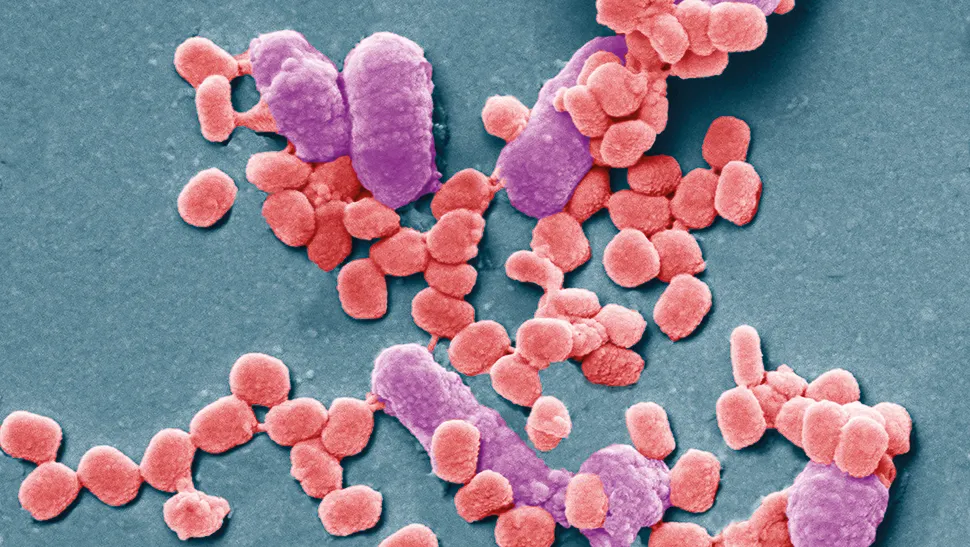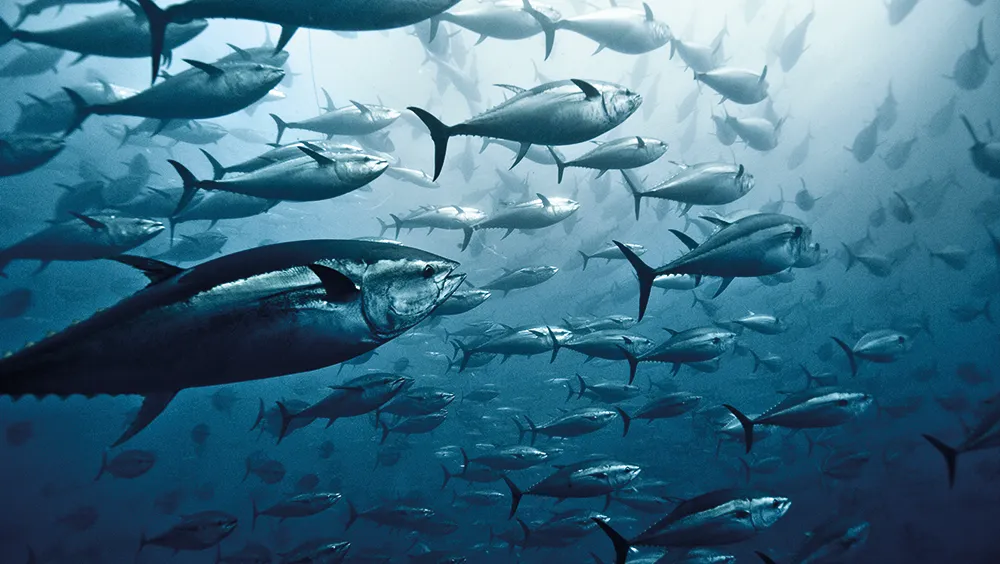The wood-wide web has revealed a complex network of communication underground between plants and trees, but they aren't the only organisms in nature to team up with their neighbours – here are five examples of nature networking to become greater than the sum of its parts.
1
Bacteria

Though they are simple organisms, bacteria can perform complex collective actions.
All they need is ‘quorum sensing’, a system by which they release signalling molecules, assess the concentration of these molecules, and respond when a threshold value is reached. This kind of coordination allows bacteria to colonise hosts and defend against competitors.
Read more:
2
Locusts

The experience of being in a crowd encourages locusts to make the switch from solitary insects into members of vast swarms.
Cramped conditions initiate an influx of serotonin into their bodies, causing physical changes as well as making them more sociable.
3
Eusocial insects

No individual ant or termite has the sense of what their finished nest will look like. Instead, the workers use local information in the form of pheromones to direct their behaviour, allowing incredible constructions to emerge from simple actions.
It’s a kind of insect algorithm.
4
Fish

For fish, schooling is a means by which to avoid predation through safety in numbers.
Research into three-spined sticklebacks has revealed two groups of genes in fish associated with both the inclination to join others in a group and the ability to remain in formation once there.
5
Starlings

Famous for their enormous flocks, or ‘murmurations’, these beautiful birds also gain protection from predators by gathering in numbers.
Individuals are able to stay totally coordinated with the whole group by simply keeping an eye on their seven closest neighbours and moving accordingly.